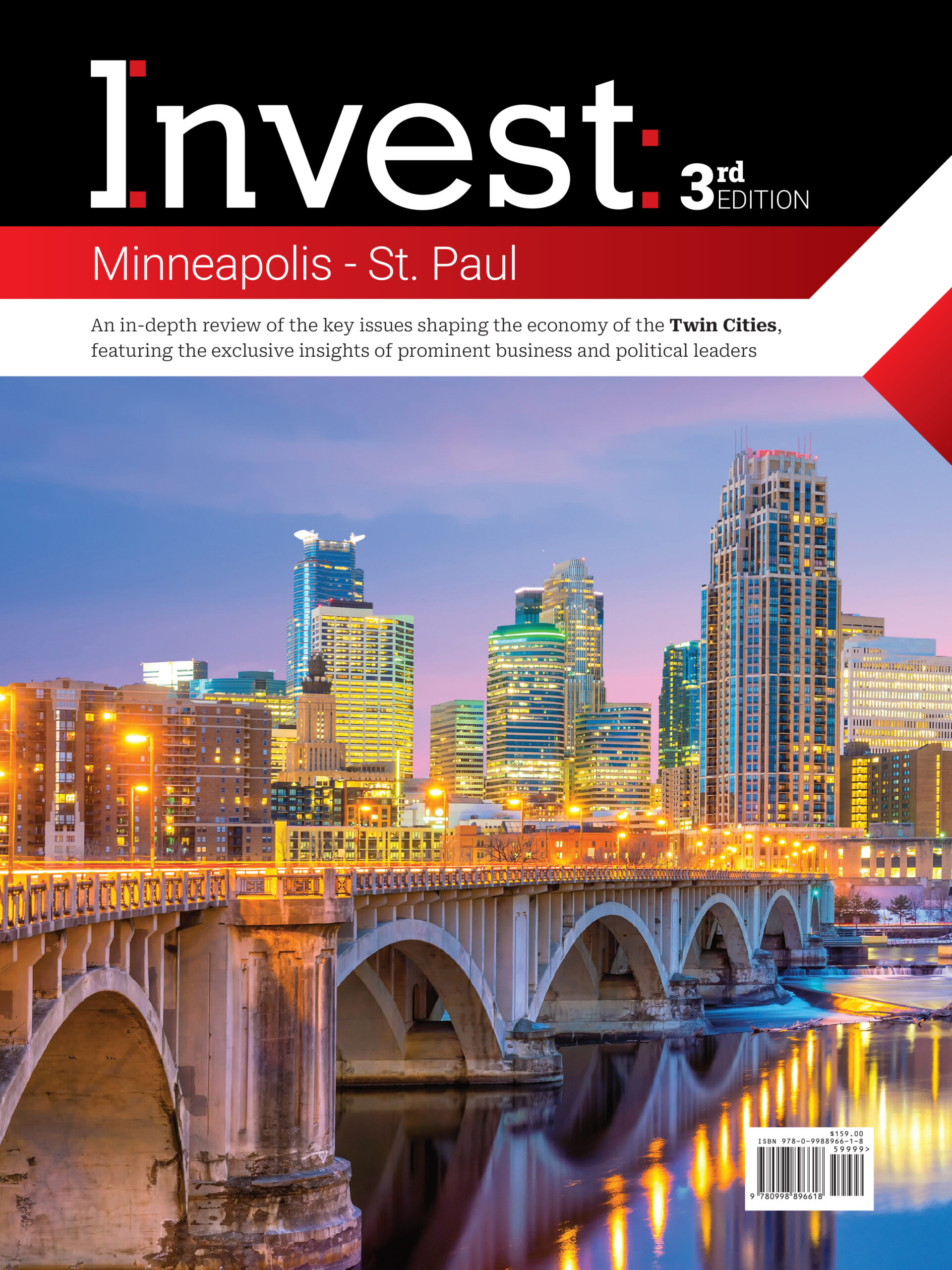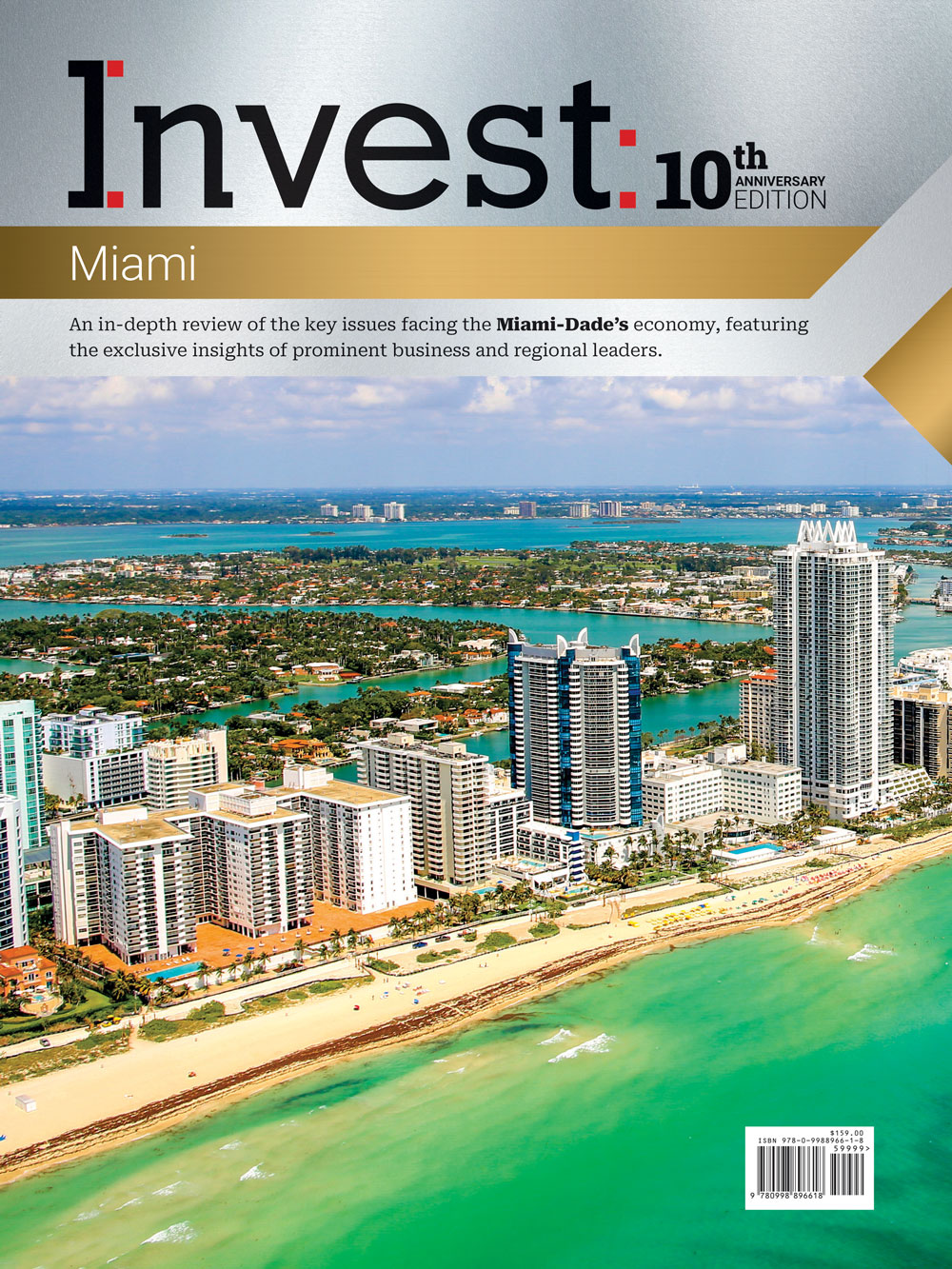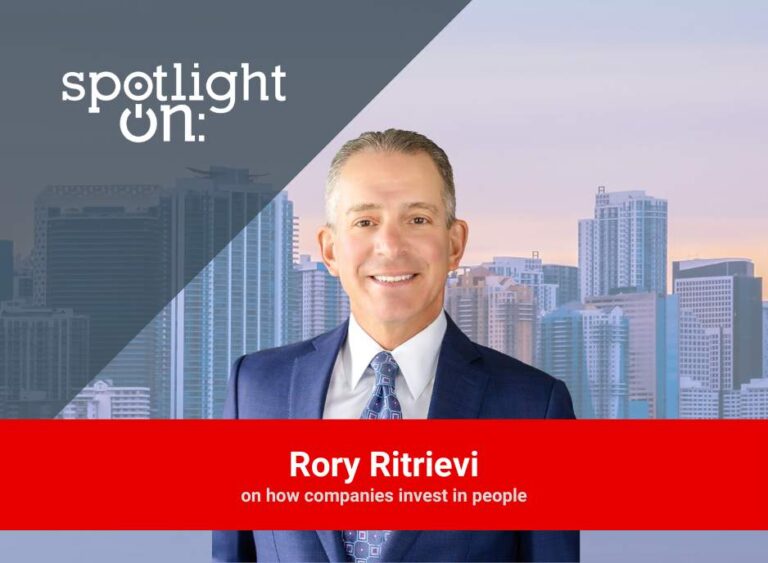Spotlight On: Tim Keach, Chairman & CEO, TDK Construction
 December 2023 — In an interview with Invest:, Tim Keach, chairman and CEO of TDK Construction, discussed key achievements and challenges his company faced over the last year. He highlighted efforts in reducing project durations, navigating supply chain improvements, and adapting to changing investment landscapes.
December 2023 — In an interview with Invest:, Tim Keach, chairman and CEO of TDK Construction, discussed key achievements and challenges his company faced over the last year. He highlighted efforts in reducing project durations, navigating supply chain improvements, and adapting to changing investment landscapes.
What have been some of the key achievements for your company over the last 12 months?
In the past year, our focus has been on streamlining project durations and cutting costs. In the past three years, our construction phase of projects has extended up to 30 months, but we’ve successfully reduced this timeframe to about 24 months. Our goal is to further decrease it to 18 months. This year, we’ve seen an improvement in the supply chain, especially in the last few months. Material costs, initially high due to supply chain disruptions, are now more manageable, and labor costs have begun to stabilize. Despite challenges like rising interest rates and shifts in investment trends, we’ve adapted well. For example, in recent months, we’ve experienced better availability of electrical supplies, moving from lengthy delays to a more efficient 120-day delivery period. Overall, we are seeing fewer starts of new projects, which will eventually further improve material and labor supply. This year has not been one of monumental achievements, but holding a steady course.
How have different assets performed during this timeframe?
During this period, the real estate market has seen varied performances across sectors. Firstly, the housing market, especially ownership housing, has declined due to rising costs and interest rates, which recently surpassed 7%. This downturn started becoming noticeable about four to five months ago. Secondly, the warehousing and self-storage sector, previously booming, is now slowing down significantly. This slowdown is evident among major players like Amazon and UPS and is impacting related sectors like transportation. For instance, UPS recently opted for the early retirement of many employees to reduce costs. The freight industry is also experiencing a gradual slowdown, with expectations of a temporary spike in activity around Christmas. Finally, the office market is struggling. The pandemic-induced work-from-home trend has led to a surplus of office space, with companies finding it challenging to bring employees back to the office. The current economic conditions for multi-family housing, including high construction costs and interest rates, have made some projects unfeasible for the time being.
Is there anything in the legislative or regulatory arena that you’re keeping an eye on that might impact the construction industry going forward?
Concerning legislation, the Davis-Bacon wage topic isn’t a significant factor for us since our construction workers earn substantially more, often two to three times the wage rates. This is due to production-based pay for tasks like framing and flooring. So, wage-related legislation doesn’t greatly affect us. However, environmental regulations, particularly stormwater plans, are an area of concern. These plans are often excessively stringent and could benefit developers in their overall costs. Building codes, on the other hand, seem appropriate, focusing on life safety and essentials like fire sprinklers, which enhance the values of all properties.
Another pressing issue is insurance costs, which have become a heavy burden. For example, a builder’s risk policy for a $100 million project in Florida now costs around 2% of the total project cost, a significant increase from previous rates. Additionally, property insurance in many cases has more than doubled due to natural disasters. The insurance industry, with its strong lobbying presence and state commissions, is difficult to influence toward making rates more affordable.
Lastly, energy legislation is crucial. The shift in energy policies impacts the construction industry, particularly regarding oil import and domestic production. The preference is for policies similar to those during the Trump era, focusing on oil exploration. The efforts to reduce the use of natural gas will be devastating to the materials manufacturing business as it is one of the primary components of this industry.
What are some of the most pressing infrastructural needs for the region?
The primary infrastructure needs in our region include roads and utilities. For example, initiatives like the high-speed internet backbone in Fort Campbell, Kentucky, and its extension to Nashville are vital. Another crucial area is the expansion of sewer systems, which is lagging behind the current growth rate in Middle Tennessee. This shortfall has led to the use of step systems for waste management in new housing developments, which may pose long-term challenges.
Additionally, the growth in internet reliance is shifting the focus away from traditional telephone and cable infrastructure toward direct internet setups, like Starlink, indicating a potential decline in wired connections.
In transportation, roads remain a priority, but there’s also a growing interest in light rail systems. For instance, a successful project in Mount Juliet, Tennessee, integrated a light rail station, illustrating the potential of such developments. However, the feasibility of expanding light rail is complicated by issues like railroad right-of-way permissions and the current focus of railroads on freight, particularly in Tennessee and Kentucky.
What is your outlook for your company and the construction industry in the next two to three years?
For our company, we plan in five-year intervals, and we’re currently on track and even ahead of our goals. Typically, we have 12 to 14 projects, either in pre-construction or in progress. Currently, our pipeline of projects can extend up to two years from land acquisition to breaking ground. Looking ahead to 2024, we expect to start about half the projects we would normally kick off, due to all aspects of financing and investor appetite. Our stabilized properties’ income looks great, and instead of selling in 2024, we are exploring ways to hold and restructure debt. The market will see challenges as companies transition from bank to permanent debt, so we’re focusing on our efforts to restructure financing into 2025.
From an industry perspective, I think there will be a shake-up. Many companies have thrived on outside capital, but as investment returns potentially decline, it will be interesting to see how they adapt. Investor confidence is shaky, exacerbated by political uncertainties. Consumer confidence needs to improve, regardless of political outcomes. In terms of financials, I foresee a continued conservative bank leverage of around 60% or less. The interest rate world, driven by the Federal Reserve, needs to be very careful in its effort to curb inflation, with the 10-year bond recently bumping 5%, which sent shock waves through our industry. The industry can move forward in an orderly manner, with 60% bank debt and a sub 4% 10-year bond rate.
For more information, visit:













